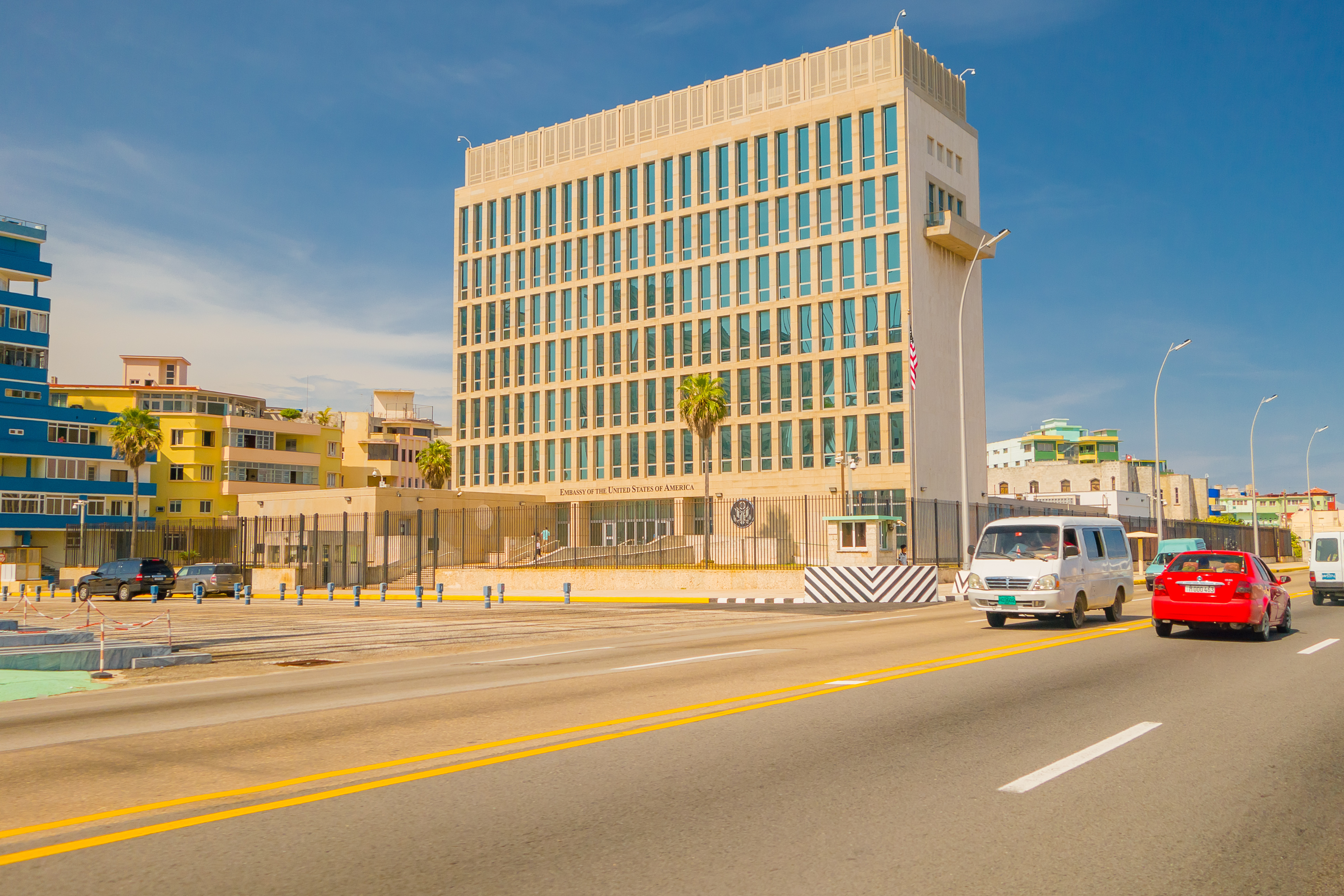Mysterious neurological symptoms are appearing in US diplomats and spies around the world
The New York Times reports that U.S. personnel around the world have been affected with Havana syndrome.

A mysterious neurological ailment first reported by U.S. personnel in Havana, Cuba, may be more widespread among diplomats, soldiers and spies than previously thought.
More than 60 people have reported sudden episodes of nausea, dizziness and headaches from incidents overseas, The New York Times reported. In at least a few cases, the symptoms have been persistent, with ongoing problems such as vertigo and pain reported by personnel.
The Biden administration is moving aggressively to investigate the reports, according to the Times. A 2020 report from the National Academy of Sciences (NAS) suggested that the ailment could be caused by a directed pulse of radio-frequency energy. (Radio-frequency energy includes radio waves and microwaves.)
Related: Spooky! Top 10 unexplained phenomena
"Studies published in the open literature more than a half-century ago and over the subsequent decades by Western and Soviet sources provide circumstantial support for this possible mechanism," NAS Committee Chairman Dr. David Relman wrote in the report. "Other mechanisms may play reinforcing or additive effects, producing some of the nonspecific, chronic signs and symptoms, such as persistent postural-perceptual dizziness, a functional vestibular disorder, and psychological conditions."
Reports of the neurological symptoms first began in 2016 with a series of cases among people working at the U.S. embassy in Havana. Since then, according to the Times, there have been reports in Russia, China, and other countries in Asia and Europe. In one case in Russia, a military officer reported pulling his car into an intersection and suddenly being hit with a wave of nausea and a painful headache. His 2-year-old, strapped in the backseat, started crying. When the officer pulled away from the intersection, the symptoms subsided and the child stopped crying, the Times reported.
Some officials suspect Russia's military intelligence agency is behind the incidents, but the U.S. government is not ready to assign blame, according to the Times.
Sign up for the Live Science daily newsletter now
Get the world’s most fascinating discoveries delivered straight to your inbox.
"As of now, we have no definitive information about the cause of these incidents, and it is premature and irresponsible to speculate," Amanda J. Schoch, the spokeswoman for the Office of the Director of National Intelligence, told the newspaper.
Officials are also investigating two incidents that occurred near the White House shortly after the presidential election of 2020, according to CNN. Two members of the National Security Council reported symptoms that struck suddenly near entrances to the grounds. The events happened several weeks apart and at different gates.
Many of the episodes remain classified, making the task of uncovering potential causes of the ailment more difficult for scientists, the researchers wrote in the NAS report. Making matters more complicated, some sufferers reported sudden and transient symptoms, while others reported slow-developing, chronic problems. It was impossible to rule out different causes for different cases, Relman wrote.
Within the Central Intelligence Agency (CIA), which has not disclosed the number of personnel affected, Deputy Director David Cohen has been assigned to meet with victims and brief Congress regularly, according to the Times. The agency has also assigned more medical personnel to manage the cases among CIA staff. An increasing sense of urgency is driving the governmental response, according to the Times: The latest report of a possible attack occurred within the past two weeks.
Originally published on Live Science.

Stephanie Pappas is a contributing writer for Live Science, covering topics ranging from geoscience to archaeology to the human brain and behavior. She was previously a senior writer for Live Science but is now a freelancer based in Denver, Colorado, and regularly contributes to Scientific American and The Monitor, the monthly magazine of the American Psychological Association. Stephanie received a bachelor's degree in psychology from the University of South Carolina and a graduate certificate in science communication from the University of California, Santa Cruz.










